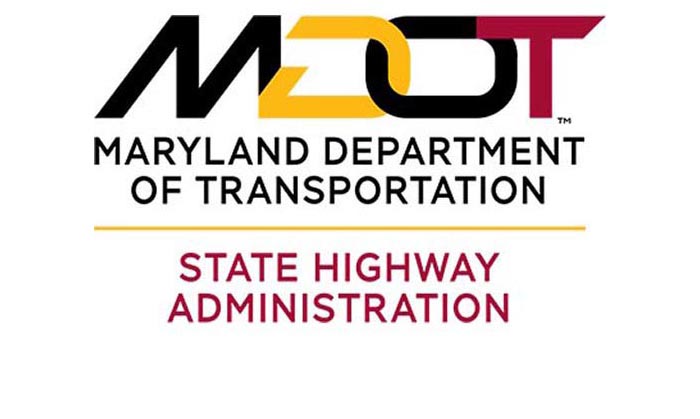
MDOT SHA Logo
[Dundalk, Maryland] – The Maryland Department of Transportation’s State Highway Administration Safety Office, the National Highway Traffic Safety Administration, and the Baltimore County Police Department together with law enforcement agencies around the State renewed a pledge to save lives through the 2008 Click It or Ticket mobilization. The campaign, which began nationally earlier this week, intensifies seat belt enforcement among all motorists around the clock. Despite Maryland having one of the highest safety belt use rates in the nation at 93.1 percent, it is estimated that more than 90 additional lives could be saved every year if all motorists buckled up on every single trip. The Click It or Ticket campaign is an element of the overall Choose Safety for Life campaign launched earlier this May, which includes five key steps for preventing roadway fatalities.
“Although most motorists in Maryland do buckle up, it’s clear that many people still don’t take belt laws seriously,” Baltimore County Police Chief James Johnson said. “The Baltimore County Police Department is committed to enforcing seat belt laws day and night. The Click It or Ticket campaign is focused on saving lives.”
This year’s Click It or Ticket campaign will emphasize enforcement during nighttime hours – when drivers and occupants are less likely to wear seat belts. In 2006, according to the National Highway Traffic Safety Administration, 15,046 passenger vehicle occupants were killed between the nighttime hours of 6 p.m. and 6:00 a.m. Nearly two-thirds (of those killed at night were NOT wearing seat belts — compared to less than half of the passenger vehicle occupants killed during daytime hours. Preliminary results in Maryland during 2007 indicate that 52 percent of Maryland drivers killed in motor vehicle crashes at night (8 p.m. – 6 a.m.) were not wearing seat belts. By comparison, only 36 percent of drivers killed in daytime crashes were not wearing seat belts
Young people are at greatly increased risk, and are among those least likely to buckle up at night. In fact, the most recent data available shows that roughly 66 percent of Maryland drivers killed while not wearing seat belts at night were between the ages of 19-34 years old. In 2006, 73 percent of male passenger vehicle occupants between the ages of 18 and 34 who were killed in crashes were NOT wearing seat belts.
Maryland State Highway Administrator Neil J. Pedersen said, “Worn correctly, seat belts have proven to reduce the risk of fatal injury in a crash by 45 percent for front-seat passenger vehicle occupants and by 60 percent in pickup trucks, SUVs, and minivans. Seat belts save lives and we’re asking drivers and passengers to make the right choice, choose safety for life and buckle up.”
Increased law enforcement activities, including seat belt checkpoints, will be conducted nationwide during the 2008 Click It or Ticket mobilization. Paid national advertising, as well as State advertising, will support the mobilization by promoting the life-saving benefits of regular seat belt use, especially nighttime belt use, to all motorists.
Regular seat belt use is the single most effective way to protect people and reduce motor vehicle crash fatalities. High-visibility enforcement has been proven effective at getting people to buckle up.
“Wearing your seat belt is easy and it costs you nothing. The toll for not wearing a seat belt starts at a $25 citation and goes up from there – including injury and death. It’s a cost that no one can afford,” said Maryland Highway Safety Office Chief Vernon Betkey. “Be safe and buckle up day and night.” ”
To learn more about the Click It or Ticket or Choose Safety for Life campaigns and the lifesaving benefits of wearing your seat belt, please visit www.choosesafetyforlife.com. Additional Click It or Ticket information can be found on www.nhtsa.gov.